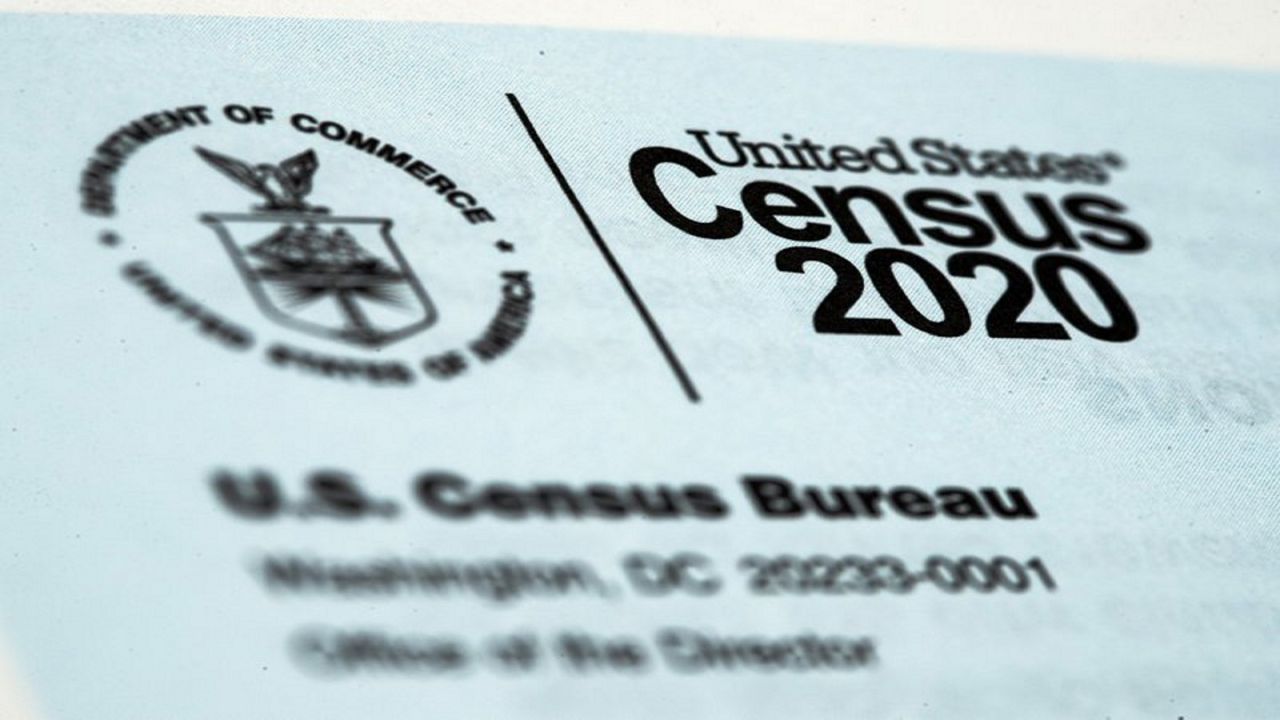The Census Bureau released the first setof results from the once-per-decade population survey Monday afternoon, almost four months later than planned due to pandemic-related delays and lawsuits over the Trump administration’s handling of the count.
Six states will gain seats in the House of Representatives, while seven states will lose seats, the smallest number of seats shifted since the current apportionment process was established.
The following states gained seats in the House:
- Texas (2 seats)
- Florida (1 seat)
- North Carolina (1 seat)
- Colorado (1 seat)
- Oregon (1 seat)
- Montana (1 seat)
The following states lost House seats:
- New York (1 seat)
- California (1 seat)
- Illinois (1 seat)
- Michigan (1 seat)
- Ohio (1 seat)
- Pennsylvania (1 seat)
- West Virginia (1 seat)
Overall, 7 seats shifted among 13 states, the lowest such figure in the current apportionment process.
The apportionment process determines how the 435 seats in the House are distributed. Some states with population growth will see more congressional seats — others that lost population, or didn’t grow as quickly, will lose seats.
California has never lost a House seat due to reapportionment since joining the U.S. in 1850, but leads all states by far with 52 members of its Congressional delegation.
Texas, by all estimates, was expected to be a big winner — the Lone Star state added about 4 million people to its population since 2010, according to the Census Bureau, as eople flocked to cities such as Austin, Houston and Dallas, as well as their corresponding suburbs. Many estimates had them picking up as many as 3 seats, but they ended up gaining two, bringing their Congresional delegation to 38. No state other than Texas gained more than one.
Florida’s population topped 20 million in the last decade, officially moving the Sunshine State ahead of New York for the third-most populous state in the country, behind California and Texas. Florida's Congressional delegation is now 28, just ahead of New York at 26.
Per the Census Bureau, New York would have kept all of its Congressional seats if they had counted 89 more people.
Montana will receive its second Congressional district as part of the reapportionment process; the state's second district was eliminated in 1993.
According to the Census Bureau, the population of the U.S. is 331,449,281, an uptick of 7.4% from the 2000-2010 census, but about 2% lower than the previous growth rate. The growth rate is the second-lowest in U.S. history.
California is still the most populous state in the country, with a population of over 39 million, and Wyoming's population is the smallest at about 576,000.
Later this year, the Census Bureau will release data on how federal funds are distributed nationwide for schools, roads and other public works and infrastructure projects.



